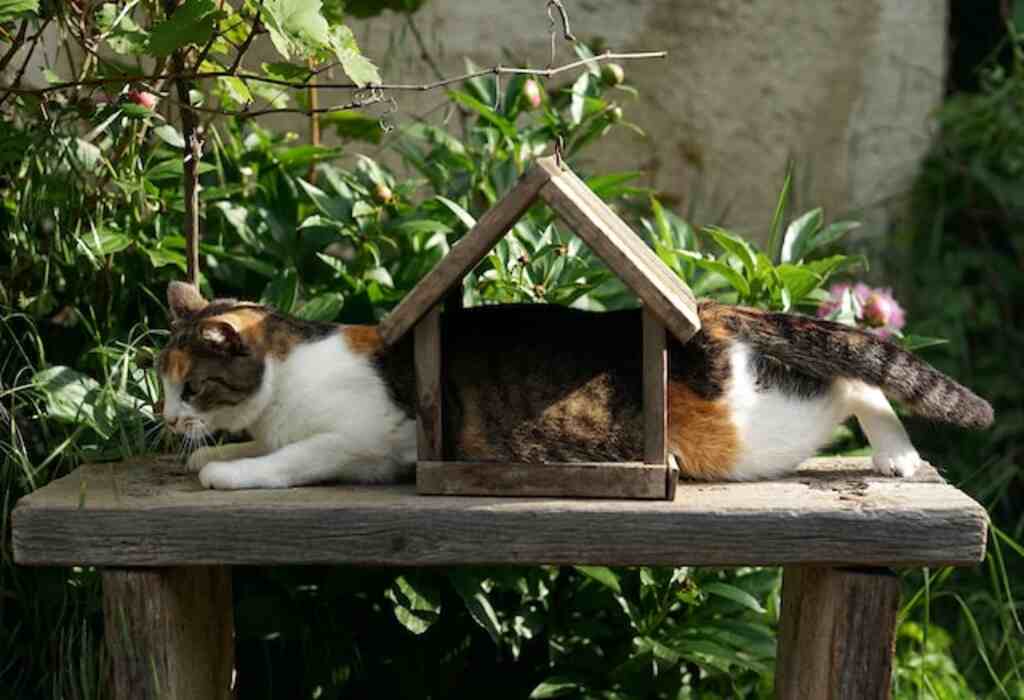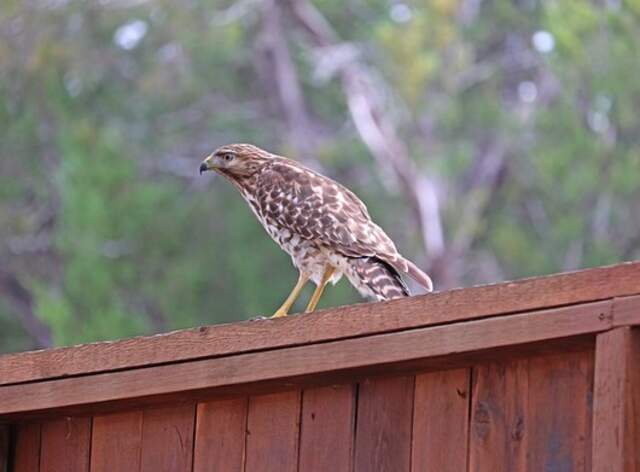Do Birds Attack Cats? Let’s uncover the truth behind this epic battle of nature’s adversaries. From daring aerial assaults to comical cat-chasing escapades, we dive into the intriguing world of feathery bravado.
Discover the surprising encounters, the underlying dynamics, and why this clash between two mighty creatures continues to captivate both feline enthusiasts and bird lovers alike. Get ready for a wild ride!
Table of Contents
- 1 The Goldilocks Effect: Understanding Bird-Cat Interactions
- 2 Do birds attack cats?
- 3 Factors that influence bird-cat interactions
- 4 How to prevent bird attacks on cats
- 5 Conclusion
- 6 FAQs: Do Birds Attack Cats?
- 6.1 Do birds attack cats?
- 6.2 Why would birds attack cats?
- 6.3 Are all bird species aggressive towards cats?
- 6.4 Can birds cause harm to cats?
- 6.5 How can I protect my cat from bird attacks?
- 6.6 Can cats catch birds in retaliation?
- 6.7 What can I do to prevent bird-cat conflicts?
- 6.8 Are there any legal implications if birds attack my cat?
- 6.9 Should I discourage birds from my yard to protect my cat?
- 6.10 Can bird-cat interactions be peaceful?
- 7 Author
The Goldilocks Effect: Understanding Bird-Cat Interactions
Birds and cats are two of the most common pets in the world. While we often think of them as harmless companions, their interactions in nature can be quite complex.
The relationship between birds and cats is a delicate balancing act, with both sides potentially benefiting or harming each other.
Understanding this dynamic is important for responsible pet ownership, wildlife conservation, and ecosystem management.
An Overview of the Topic
Birds and cats have coexisted for centuries, with the domestication of cats dating back to ancient Egyptian times.
In nature, birds may prey on small mammals like rodents or insects, while house cats are often kept indoors or allowed outside to hunt rodents and birds.
This overlap in habitat can lead to conflict between the two species. The question of whether birds attack cats is a controversial one that has sparked debate among pet owners, birdwatchers, and ecologists alike.
Some argue that certain bird species are known to attack cats as a form of defense or territorial behavior. Others point out that most birds do not see cats as a threat and will simply avoid them.
The Importance of Understanding Bird-Cat Interactions
Understanding bird-cat interactions has important implications for both pets and wildlife conservation efforts.
For pet owners, knowing which bird species pose a potential threat to their cat’s safety can help them take measures to protect their beloved companion from harm.
For wildlife conservationists, understanding how predation by domesticated animals like housecats affects local ecosystems is crucial for preserving biodiversity.
Cats are known predators that can significantly impact native bird populations if left unchecked.
In addition to these practical concerns, studying bird-cat interactions also sheds light on some fascinating aspects of animal behavior and ecology.
Learning about how different species interact with each other in nature provides insights into the complex web of life that sustains our planet.
In the following sections, we’ll take a closer look at whether birds attack cats, what factors influence these interactions, and how to prevent bird attacks on cats.
By understanding these dynamics, we can take steps to promote the well-being of both pets and wildlife.
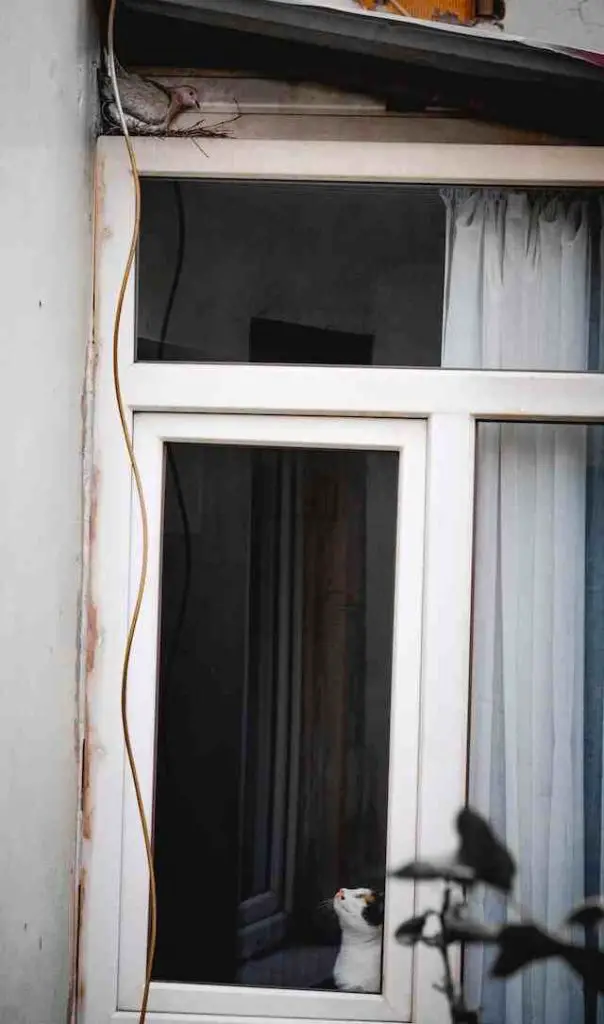
Do birds attack cats?
Birds and cats share many urban and suburban environments, leading to various interactions between the two species. Cats are natural predators, often seen as a threat by birds.
Some bird species do attack cats, while others ignore them completely. Understanding why some birds attack cats and why others don’t is crucial for pet owners who want to protect their feline friends.
Yes, some birds do attack cats
Some bird species are known to exhibit aggressive behavior towards cats. These attacks can be alarming for pet owners who may not have seen it coming. Such attacks can lead to injuries or death of the cat in extreme cases.
Reasons for attacking cats
Birds that attack cats usually do so when they perceive them as a threat to their young or themselves. They may also attack when the cat enters their territory or when they feel threatened by the cat’s presence.
Additionally, certain bird species like magpies are known to have a naturally aggressive behavior towards other animals.
Examples of birds that attack cats
Magpies are one of the most well-known bird species that attack cats. They are territorial animals and will aggressively defend their nests from any potential threats, including domestic pets like cats.
Other examples include hawks, owls, and crows that have been observed attacking house cats in some instances.
No, most birds do not attack cats
While some bird species may display aggression towards domesticated felines, most birds tend to ignore them entirely.
Reasons for not attacking cats
Most of these non-aggressive behaviors can be attributed to environmental factors like habitat overlap or prey availability in the area.
Many small bird species prefer dense vegetation where they can find cover from predators like feral or outdoor house cats.
Examples of birds that do not attack cats
Many bird species that live in urban or suburban areas may not have evolved to perceive cats as a significant threat.
For example, robins, sparrows, and swallows are unlikely to attack cats because they have a relatively low risk of predation from them.
While some bird species do attack cats, most birds tend to ignore them entirely.
Understanding why some birds may exhibit aggressive behavior towards domesticated felines is crucial for pet owners who want to protect their pets from harm.
By taking steps like keeping your cat indoors, providing a safe outdoor space for them, and using deterrents when necessary, pet owners can prevent potentially harmful interactions between their feline friends and local bird populations.

Factors that influence bird-cat interactions
There are several factors that can influence the nature and intensity of bird-cat interactions. Understanding these factors is essential for preventing conflicts between cats and birds in our communities.
Size and strength of the cat and bird
The size and strength of a cat and a bird are crucial determinants of their interaction. Birds that are larger than cats, such as owls, hawks, or eagles, may see cats as potential prey.
A cat’s size, on the other hand, can intimidate smaller birds such as finches or sparrows to stay away from them.
Understanding the relative sizes of different species is important for predicting potential conflicts in specific areas.
Cats that live outdoors tend to be larger than indoor cats due to their greater access to food resources found outside. Larger outdoor cats may pose a greater risk to birds that share their environment.
Habitat and territory overlap
Habitat overlap between birds and cats can create tense situations. For example, if an outdoor cat frequently visits areas inhabited by certain bird species during nesting season, it could lead to negative interactions between them.
Cats are territorial animals so they tend to defend certain spaces while also roaming within specific territories.
This territorial behavior often results in conflicts with other animals, including birds who share those same spaces with them.
Prey availability
The availability of prey in an area has a significant impact on both birds’ behavior towards nearby cats as well as whether the two species interact at all.
For example, where food sources for birds like mice or insects are abundant, less predatory avian species may not perceive domesticated pets like house cats as threats because they have adequate alternative sources of sustenance.
In contrast, areas with limited food sources could increase the likelihood of negative bird-cat interactions.
Cats, who are opportunistic predators, may turn to hunting birds as a source of food if other options become scarce.
Bird species and behavior
Birds have different behaviors when it comes to interacting with cats. Some avian species, like mockingbirds or killdeers, are known to exhibit aggressive behavior towards cats that come close to their nests or territories.
Others, like pigeons or doves, tend to flee when threatened by predators.
Understanding the behavior of different bird species is key in predicting and preventing negative interactions between birds and cats.
People who live in areas near nesting or roosting birds should be aware of the potential for conflict with cats and take appropriate precautions accordingly.
Cat behavior
Cats display a wide range of behaviors when it comes to interacting with birds. Some breeds are more prone to hunting instincts than others, such as Siamese or Bengals, while others seem indifferent or even friendly towards avian species they encounter.
Owners should monitor their cat’s behavior around birds, particularly those found outdoors, where the risk for negative interactions is higher.
Cats that show aggressive behavior toward birds could pose a threat not only to wildlife, but potentially human health if they catch diseases spread by wild animals.
Understanding the factors that influence bird-cat interactions can help us avoid conflicts between these two species and protect wildlife in our communities.
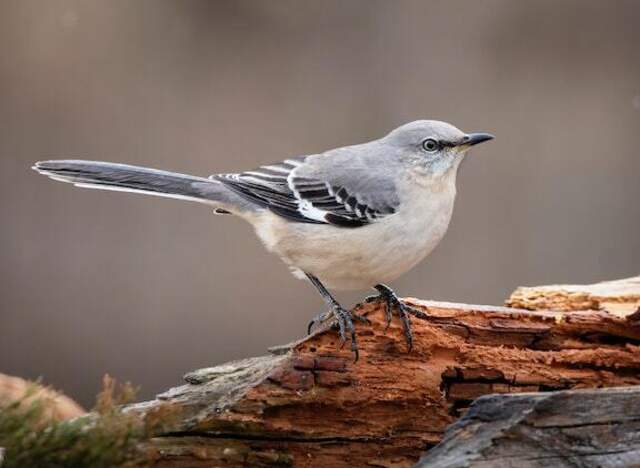
How to prevent bird attacks on cats
Keep your cat indoors
One of the easiest ways to prevent bird attacks on cats is to keep them indoors. Not only does this protect birds from hunting behavior, but it also keeps cats safe from fights with other animals and the risk of being hit by a car.
Indoor cats can still enjoy plenty of playtime with toys, scratching posts, and climbing structures. They can also benefit from interactive playtime with their owners.
Provide a safe outdoor space for your cat
If you do want your cat to enjoy some time outdoors, it’s important to provide a safe space. This can include a securely fenced yard or an enclosed patio or balcony that your cat cannot climb out of.
A catio (outdoor enclosure for cats) can be built or purchased and provides a larger space for your cat to enjoy the outdoors while staying safe.
Accessible toys and climbing structures within the outdoor space will help keep your cat entertained.
Use deterrents such as visual or audio devices
Another way to prevent bird attacks on cats is through the use of deterrents such as visual or audio devices.
Motion-activated sprinklers can startle birds away from areas where cats often roam, while reflective tape or balloons may make birds feel uneasy about approaching certain areas altogether.
Audio devices that emit sounds at high frequencies that are unpleasant for birds but inaudible by humans can also help deter them away from certain areas.
Educate yourself on local bird species and their behaviors
Educating yourself on local bird species and their behaviors is essential in preventing conflicts between birds and cats.
Some species may be more aggressive towards cats than others, while some may be more vulnerable due to population declines or habitat loss issues.
Understanding which species live in your area and how they behave can help you take appropriate measures to keep your cat and the birds safe.
While bird attacks on cats are not common, it’s still important for pet owners to take measures to prevent them from happening.
Keeping your cat indoors or providing a safe outdoor space, using deterrents, and educating yourself on local bird species are all effective ways to protect both your pet and the environment.
Responsible pet ownership is a crucial aspect of maintaining a healthy balance between domestic animals and wildlife in our communities.
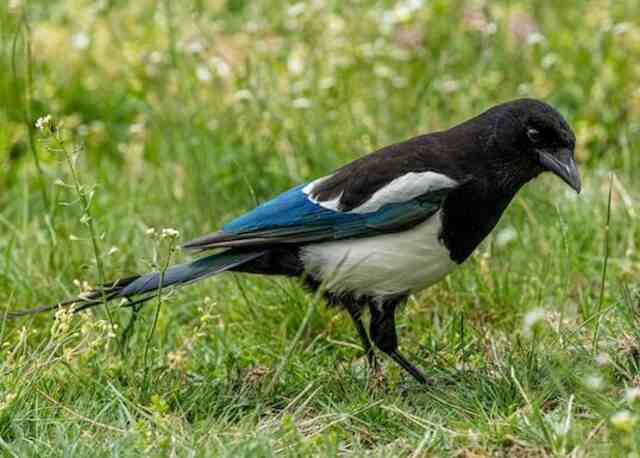
Conclusion
After exploring the topic of whether birds attack cats, it is clear that while some birds may attack cats, most do not.
Factors such as size and strength, habitat overlap, and prey availability all play a role in bird-cat interactions.
Despite this, responsible pet ownership is important for protecting wildlife and minimizing negative interactions between pets and wildlife.
Summary of Key Points
Bird attacks on cats are not uncommon. Birds such as crows, magpies, and owls have been known to attack cats under certain circumstances.
However, most birds do not pose a threat to cats. Factors that influence bird-cat interactions include the size and strength of the cat and bird, habitat overlap, prey availability, and species-specific behavior.
To prevent bird attacks on cats, it is important to keep your cat indoors or provide a safe outdoor space that is enclosed or monitored.
Deterrents such as visual or audio devices can also be effective in keeping birds away from your cat. Responsible pet ownership plays a crucial role in protecting wildlife.
By keeping your cat indoors or in a safe outdoor space and educating yourself about local wildlife species and their behaviors, you can help minimize negative interactions between pets and wildlife.
The Importance of Responsible Pet Ownership in Protecting Wildlife
Responsible pet ownership is essential for preserving biodiversity and ensuring the well-being of both domesticated animals and wild animals.
Cats are natural predators that can have significant impacts on local ecosystems if left uncontrolled.
By keeping your cat indoors or monitoring its outdoor activities responsibly, you can help protect wildlife from predation by domesticated animals.
Furthermore, understanding the behaviors of local bird populations can inform decisions about how best to protect both pets and wildlife.
Educating yourself about local species-specific behaviors can help you anticipate potential conflicts before they arise.
Ultimately, responsible pet ownership requires recognizing the impact that domesticated animals can have on local ecosystems and taking proactive steps to minimize that impact.
By doing so, we can ensure a healthy balance between human and animal populations and foster greater harmony between pets and wildlife.
FAQs: Do Birds Attack Cats?
Do birds attack cats?
Yes, some birds may defend their nests or territory by swooping or dive-bombing cats to discourage them from approaching.
Why would birds attack cats?
Birds perceive cats as potential threats to their young, nest, or food sources, prompting defensive behavior.
Are all bird species aggressive towards cats?
No, not all bird species display aggressive behavior towards cats. It varies based on the bird’s size, protective instincts, and proximity to their nesting areas.
Can birds cause harm to cats?
While it’s rare for birds to cause significant harm to cats, scratches or pecks may occur during territorial encounters.
How can I protect my cat from bird attacks?
Keep cats indoors or supervise their outdoor activities to minimize encounters with birds and potential conflicts.
Can cats catch birds in retaliation?
Cats may attempt to catch birds in response to perceived threats, but it depends on the individual cat’s hunting instincts.
What can I do to prevent bird-cat conflicts?
Providing outdoor cats with enrichment, such as toys or bird feeders away from nesting areas, can redirect their attention and reduce conflicts.
Are there any legal implications if birds attack my cat?
Laws regarding bird attacks on cats may vary, so it’s best to consult local regulations and take necessary precautions to avoid conflicts.
Should I discourage birds from my yard to protect my cat?
It’s important to maintain a balanced ecosystem. Instead, focus on creating safe spaces and enrichment options for both birds and cats.
Can bird-cat interactions be peaceful?
Yes, with proper management and precautions, it’s possible for birds and cats to coexist peacefully, allowing for fascinating wildlife observations.

